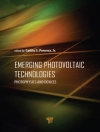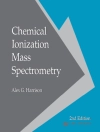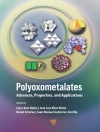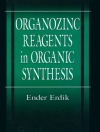Machinability of Advanced Materials addresses the level of
difficulty involved in machining a material, or multiple materials,
with the appropriate tooling and cutting parameters. A
variety of factors determine a material’s machinability,
including tool life rate, cutting forces and power consumption,
surface integrity, limiting rate of metal removal, and chip shape.
These topics, among others, and multiple examples comprise this
research resource for engineering students, academics, and
practitioners.
Innehållsförteckning
Preface ix
Chapter 1. Machinability: Existing and Advanced Concepts 1
Viktor P. Astakhov
Chapter 2. Milling Burr Formation and Avoidance 57
Seyed A. Niknam, Walery Wygowski, Marek Balazinksi and Victor
Songmene
Chapter 3. Machinability of Titanium and Its Alloys 95
Ali Hosseini, Hossam A. Kishawy and Hussein M. Hussein
Chapter 4. Effects of Alloying Elements on the Machinability of
Near-Eutectic Al-Si Casting Alloys 119
Yasser Zedan, Saleh A. Alkahtani and Fawzy H. Samuel
5. The Machinability of Hard Materials – A Review 145
Paulo Campos, J. Paulo Davim, J. Roberto Ferreira, A. Paulo
Paiva and P. Paulo Balestrassi
Chapter 6. An Investigation of Ductile Regime Machining of
Silicon Nitride Ceramics 175
Vijayan Krishnaraj and S. Senthil Kumar
List of Authors 229
Index 233
Om författaren
J. Paulo Davim is Aggregate Professor at the Department of Mechanical Engineering of the University of Aveiro, in Portugal. He is also the Head of the Machining and Tribology Research Group (MACTRIB). He is Editor in Chief of six international journals, as well as being a guest editor of journals, a book editor, a book series editor and the scientific advisory for many international journals and conferences. In addition, he has authored and co-authored more than 40 book chapters and 350 articles in journals and conferences (h-index 30+).












